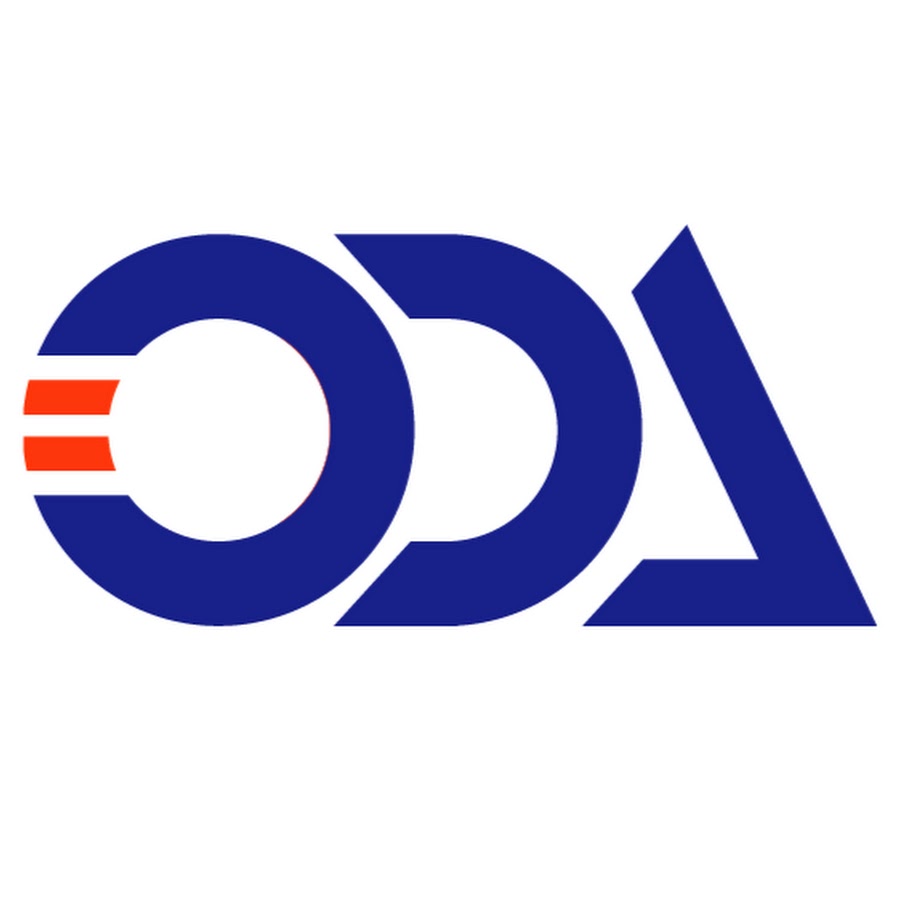As DWG–DGN becomes established, ODA turns sights to BIM and manufacturing file formats.
The Open Design Alliance conference has become a sprawling affair. Each year, the working groups present their work for the year and member companies show how they’ve been putting ODA technology to work. They are a productive bunch, and after a decade or so of banging on the challenges of CAD documentation, the group developed a very long list of capabilities and changes. More begets more. The partners have become ambitious expanding the original goal of ODA far beyond enabling interoperability between drawing file formats such as AutoCAD’s native DWG and Bentley Microstation’s DGN and into opening up Autodesk’s Revit for more interoperability.
In his introduction to the conference, ODA president Neil Peterson, quoting industry reports, said the BIM market is going to continue its growth at a rate of 13% annually through 2024. For the ODA, he says 2020 was flat but 2021 is the best year they’ve ever had with new member growth and through the company’s alliance with BuildingSmart announced in 2019.
Peterson has said that the ODA has seen a 25% increase in its membership for its BimRv format.
For the ODA of today, it seems that DWG–DGN was just a starting point—a starting point for a real long time. The organization, founded in 1998, remained focused on the world of DWG for almost two decades. Peterson says there is still strong demand for DWG but also for complete interoperability as often the drawing file is just on part of the required data for large projects in AEC and in manufacturing. The ODA is also working on Open IFC APIs, BuildingSmart’s model view format mvdXML and its Common Data Environment (CDE). They have an ongoing project for Scan to Model technologies to better translate point clouds into BIM models. The ODA is also expanding its interests in manufacturing with work on the venerable STEP format (ISO 10303).
In July, the ODA announced it had already started work on a new SDK for the widely supported STEP, an exchange format supported by most mechanical CAD applications as a format to exchange 3D model data. The ODA does what its membership tells it to and more than 50% of the ODA members expressed interest in STEP. In response, Peterson says the ODA STEP SDK will support STEP access, creation, and conversion and will also be fully integrated with ODA visualization technology for fast viewing of STEP models on desktop, mobile, and cloud. The ODA is taking advantage of their 3D solid modeler in the work on STEP visualization. More details on the ODA solid modeler are available here.
In the announcement of their work on a STEP SDK, Peterson said the STEP SDK will be offered to members as a part of our standard ODA membership package.
But BIM is the thing … for now
Most recently, the ODA announced their latest version of the BIMRv SDK, the organization’s tool for working with Autodesk’s proprietary RVT file format. BimRv has been updated to enable people to import, visualize, and save versions of 2022 Revit files.
Older Revit files can be automatically converted to the latest 2022 version upon loading to enable client applications “consistent access to data regardless of the underlying file version.”

Working across BIM, manufacturing, and mechanical, the ODA has announced support for animation in its Visualize SDK, a 3D graphics engine for engineering design data. The Visualize SDK supports a wide range of data including point cloud data and is able to take advantage of GPU acceleration for shadows as well as multi-threading to improve performance. It includes collision detection, progressive mesh object to support LOD (level of detail). Visualize also features rich text rendering. The ODA’s Visualize SDK also supports PDF export and publishing.
New updates for Visualize also include the ability to apply translation, rotation, and scaling to any object in a model. Separate animations can be applied to sub-elements of a complex object, achieving sophisticated animation effects. A new camera object supports walk-through animations for AEC (Architecture, Engineering, and Construction). Neil Peterson points out that in addition to being able to generate walk-throughs for IFC and Autodesk Revit models on any device, the new animation capabilities can also be combined with collision detection for advanced simulations of mechanical assemblies.
What do we think?
There is a lot more coming. There was a lot more covered in the ODA 2021 conference and a visit to the organization’s YouTube channel provides some rapid-fire updates from the ODA’s development team.
The ODA is going to keep growing and more important they are going to keep developing. Its development may not be as fast as that of a private company, but because it has its own dedicated development staff, it is a lot faster than most open source organizations. In this, they are a hybrid organization. Some of their technology is only available to members who are sustaining members and above. Some of the technology is freely available like the work done in conjunction with open source organizations like BuildingSmart, which is primarily in the business of open source development.
Member companies are increasingly finding they can take advantage of the ODA’s development on interoperability issues that enable customers to work across software platforms. Interoperability is always an issue and as workflows move to the cloud and involve multiple authoring programs for design, analysis, rendering, 3D printing, mapping, and surveying, it is increasingly becoming a requirement. A look at the ODA’s member list underscores that point.






